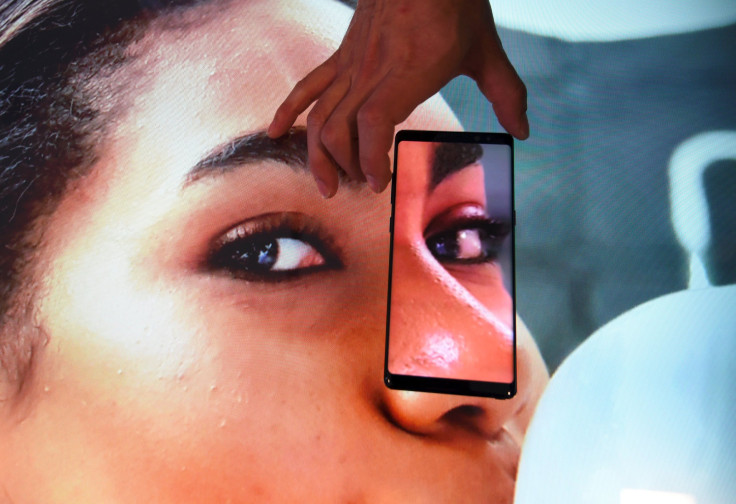Edge-To-Edge Displays Will Make Smartphones Cost More Due To Supply Line Shortages

2017 is the year of bezel-less smartphones and we saw many including the Samsung Galaxy S8, the LG G6, Note 8 and even the recently launched Apple iPhone X. In fact, the soon to be launched Google Pixel is also expected to be bezel-less.
Even the upcoming smartphones, expected to be launched next year, are expected to be bezel-less. However, there are not many smartphone display manufacturers who make such displays — Samsung has its own technology, which it calls infinity displays, LG has its own 18:9 aspect ratio displays and Japan Display is trying to make its own displays. However, the technology is not massively available to different smartphone makers globally, which means that there will be a shortage of such display panels globally.
However, the market trend is expected to force even mid-range smartphone makers to go for such displays and because of the shortage, the average price of smartphones is set to go up.
This shortage will also be impacted by the requirements of different smartphone companies, for different kinds of panels which will be compatible with their different hardware — for example, the upcoming Google Pixel 2 is expected to look markedly different from the iPhone X.
Another reason for the prices going up is that such displays require 20 percent more glass substrates than traditional 16:9 panels.
According to DigiTimes, the price of smartphones will go up in 2018 by “double-digit rates.”
Not just the cost of purchasing a smartphone is expected to go up, the cost of getting one repaired will also go up for consumers. With the edges also being a part of the display, there are many questions that arise about the durability of such displays.
Even though smartphones such as the Note 8, S8 and iPhone X are protected by the Corning Gorilla Glass 5, they might break upon falling down.
While there are some additional protections available for smartphones with bezel displays such as tempered glass, such solutions are not yet available for bezel-less smartphones, which actually increases the risk of a customer breaking the display. The dearth of such displays is not only expected to make repairs cost more, it is also expected to make repairs take longer due to issues of sourcing such displays.
Despite the cost and the expected inconvenience, bezel-less smartphones might be the reigning trend for a long time, since they give the consumer more surface area to work on — this means more space to watch videos, more space to type messages or even do some official work such as typing out documents on a smartphone. It makes use of previously unutilized screen area and that matters a lot on 5/6-inch devices such as smartphones.
Chances are though that in the long term, other smartphone display makers develop the technology to make such displays and such smartphones start costing less overall. But this kind of development could take years.
© Copyright IBTimes 2025. All rights reserved.




















